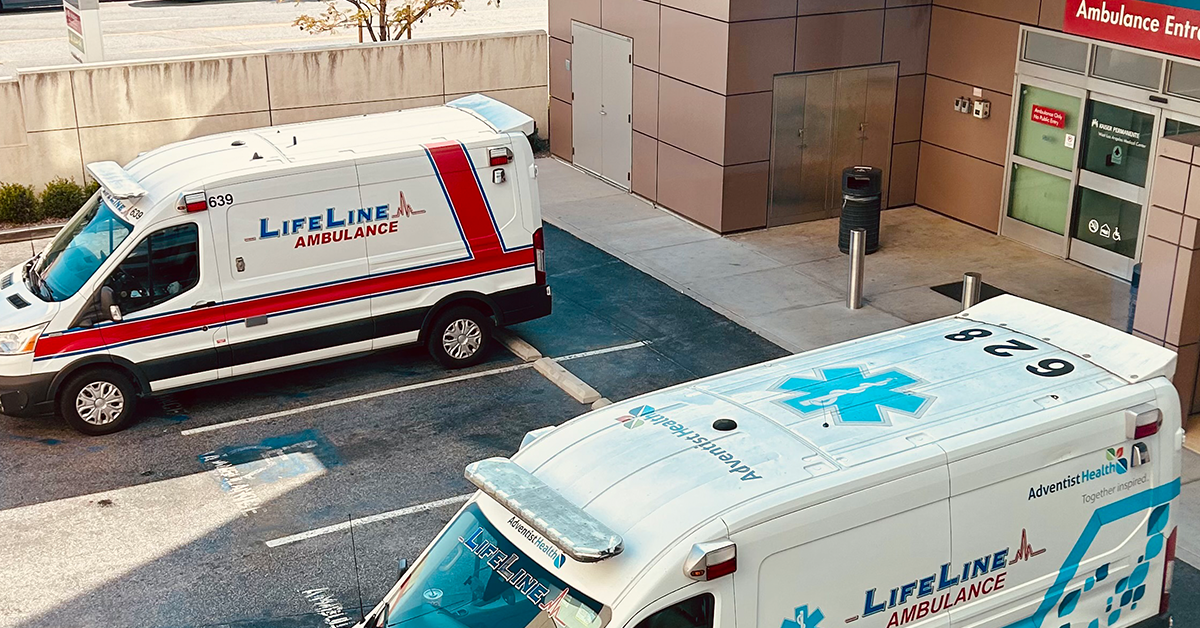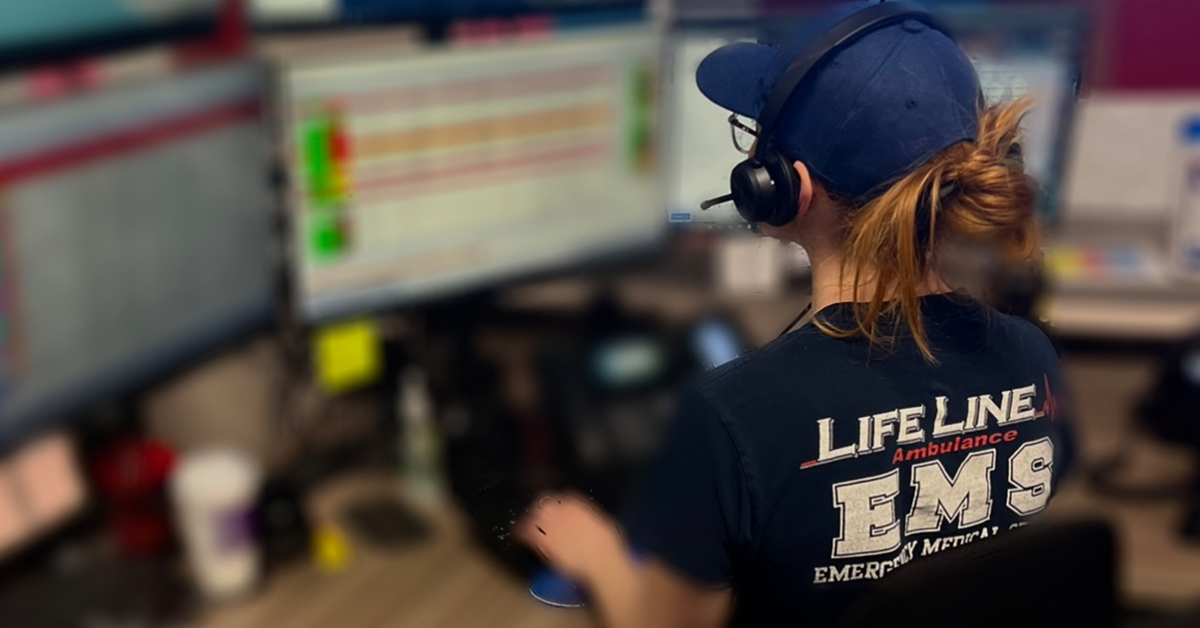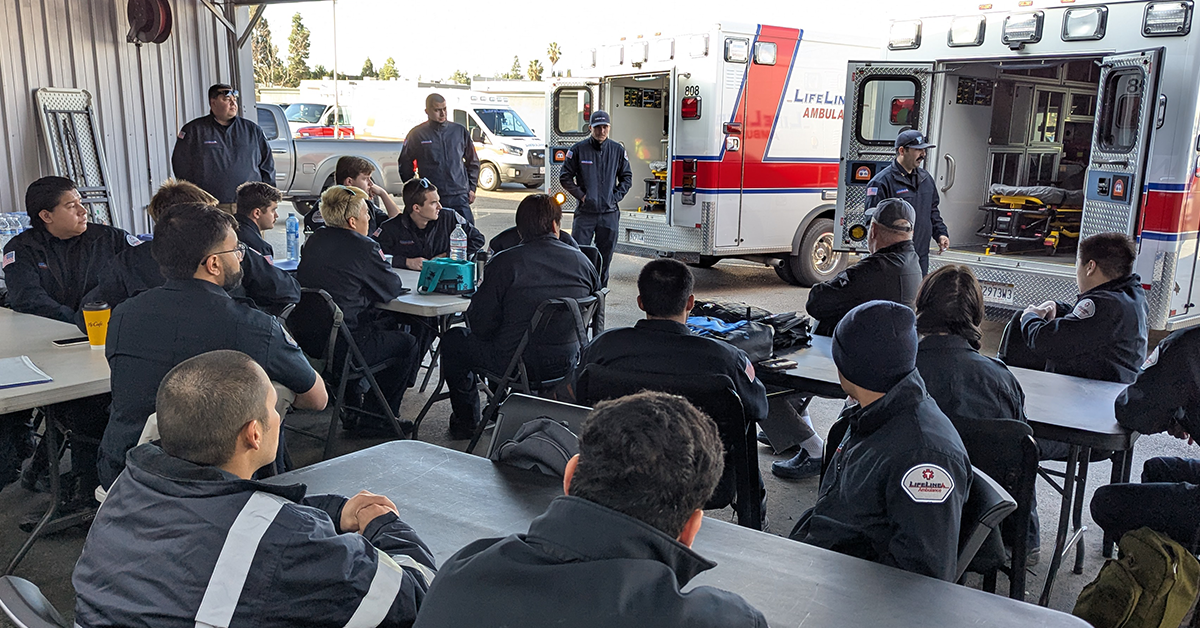Ambulance services play a crucial role in healthcare, ensuring patients receive timely and appropriate care when they need it most. However, not all ambulance services are the same. Various types of ambulances and specialized medical transportation services cater to different patient needs, from emergency situations to non-emergency medical transports. Choosing the right type of ambulance service can make a significant difference in the quality of care, cost-effectiveness, and overall patient experience.
This article explores the different types of ambulance services, detailing their specific functions, uses, and how LifeLine EMS in Los Angeles and Southern California provides these essential services.
1. Emergency Ambulance Services
Emergency ambulance services are the most well-known type of ambulance service and are used to respond to urgent medical situations where immediate medical attention is required. These ambulances are equipped with advanced life support (ALS) equipment, allowing EMTs and paramedics to administer life-saving care en route to the hospital.
When to Use Emergency Ambulance Services
Emergency ambulance services should be used in situations where a patient’s life is in immediate danger and they require rapid intervention. These situations typically include:
- Cardiac Arrest: Immediate medical intervention is crucial in cardiac arrest cases, where the patient’s heart has stopped beating. An emergency ambulance provides CPR, defibrillation, and other necessary treatments to restore the patient’s heartbeat.
- Trauma and Severe Injuries: Patients who have experienced significant trauma, such as from a car accident or fall, may need emergency transportation to a trauma center. EMTs and paramedics are trained to stabilize fractures, control bleeding, and manage other injuries until the patient reaches the hospital.
- Stroke: Time is critical when it comes to strokes. Emergency ambulances are equipped with the necessary tools to quickly assess and transport stroke patients to a facility equipped to treat them, increasing the chances of recovery.
- Respiratory Distress: Patients experiencing severe breathing difficulties due to asthma attacks, allergic reactions, or other respiratory conditions need urgent medical assistance. EMTs can administer oxygen and assist with airway management.
Features of Emergency Ambulances
Emergency ambulances are equipped to handle life-threatening situations, providing care until the patient reaches the hospital. These ambulances typically include:
- Advanced Life Support (ALS): ALS equipment includes defibrillators, intravenous (IV) fluids, medications, and advanced airway management tools.
- Trained Medical Personnel: Emergency ambulances are staffed with paramedics and EMTs trained to perform critical care procedures and stabilize patients during transport.
2. Non-Emergency Medical Transport (NEMT)
Non-Emergency Medical Transport (NEMT) is used for patients who need medical assistance or supervision during transport but are not in an emergency. NEMT services are beneficial for patients who require transport to medical appointments, routine check-ups, or long-term treatments but do not need urgent care. These services are widely used by patients with chronic illnesses, disabilities, or mobility limitations.
When to Use Non-Emergency Medical Transport
Non-Emergency Medical Transport is ideal for patients who:
- Need Assistance to Appointments: Patients requiring assistance to get to medical appointments, dialysis treatments, physical therapy, or outpatient procedures may benefit from NEMT.
- Are Wheelchair-Bound or Mobility-Impaired: Patients who have difficulty walking or who use a wheelchair can be safely transported with NEMT services that offer wheelchair-accessible vehicles.
- Require Ongoing Medical Supervision: Patients who are medically stable but need basic monitoring or assistance during transport can rely on NEMT services to ensure a safe journey to and from medical facilities.
Features of Non-Emergency Medical Transport
Non-Emergency Medical Transport services vary in terms of equipment and staff qualifications based on patient needs. Key features include:
- Basic Life Support (BLS) Equipment: While NEMT ambulances may not carry advanced medical equipment, they are equipped with essential items such as oxygen tanks, first-aid kits, and basic monitoring tools.
- Accessible Vehicles: NEMT vehicles are often wheelchair-accessible, ensuring patients with limited mobility can be transported safely.
- Assistance with Boarding and Exiting: NEMT staff help patients board and exit the vehicle, providing necessary support throughout the journey.
3. Critical Care Transport (CCT)
Critical Care Transport (CCT) is designed for patients who need continuous, specialized care during transport. These patients are often critically ill or injured and require the presence of highly trained medical personnel, such as critical care nurses or paramedics, throughout the journey. CCT is typically used for interfacility transfers, moving patients from one medical facility to another, often to a facility that can provide a higher level of care.
When to Use Critical Care Transport
Critical Care Transport is necessary when:
- The Patient Requires Intensive Monitoring: Patients with complex medical needs, such as those on ventilators or with severe injuries, need continuous monitoring and advanced life support during transport.
- Interfacility Transfers: CCT is often used to transfer patients from a hospital with limited resources to a specialized care facility, such as a trauma center, burn unit, or neonatal intensive care unit.
- High-Risk Patient Transports: Patients who are at high risk of medical complications during transport, including those with unstable vital signs or those needing complex interventions, should use CCT.
Features of Critical Care Transport
CCT ambulances are essentially mobile intensive care units (ICUs) and are equipped to provide specialized care. They include:
- Advanced Monitoring and Life Support Equipment: CCT ambulances have ventilators, cardiac monitors, and infusion pumps to provide the highest level of care.
- Highly Trained Medical Staff: CCT teams often include critical care nurses, respiratory therapists, and paramedics with advanced training, ensuring that patients receive ICU-level care throughout the journey.
4. Bariatric Ambulance Services
Bariatric ambulance services are specialized to accommodate patients who are obese or require extra support during transport. These ambulances are equipped with reinforced stretchers, additional loading equipment, and extra space to ensure the comfort and safety of larger patients.
When to Use Bariatric Ambulance Services
Bariatric ambulance services are ideal for:
- Patients with Mobility Challenges: Patients who have difficulty moving or require additional space for comfortable transport benefit from bariatric ambulances.
- Safety and Comfort Needs: Patients who need additional safety measures, such as specialized equipment for loading and securing, should use bariatric services to minimize discomfort and risks.
- Non-Emergency or Emergency Transport: Bariatric ambulances can be used in both emergency and non-emergency scenarios where patients need to be transported safely to medical facilities.
Features of Bariatric Ambulance Services
Bariatric ambulances are designed with specialized equipment and features, such as:
- Reinforced Stretchers: These ambulances include bariatric stretchers that are designed to support higher weight capacities.
- Lift Systems: Many bariatric ambulances have hydraulic or mechanical lift systems to assist with loading and unloading, reducing strain on both the patient and EMS staff.
5. Air Ambulance Services
Air ambulance services use helicopters or fixed-wing aircraft to transport patients over long distances or in cases where rapid transport is essential. Air ambulances are staffed by medical professionals trained in critical care and are equipped with life-saving medical devices similar to those found in an ICU.
When to Use Air Ambulance Services
Air ambulance services are used in situations where ground transport is not feasible or too time-consuming, such as:
- Long-Distance Transport: When a patient needs to be transported over a significant distance, such as between states, air ambulances are the most efficient option.
- Remote or Inaccessible Locations: Air ambulances are ideal for transporting patients from remote or hard-to-reach areas where ground ambulances may have difficulty reaching.
- Time-Critical Medical Emergencies: In cases where time is critical, such as severe trauma or stroke, air ambulances ensure the patient reaches a medical facility as quickly as possible.
Features of Air Ambulance Services
Air ambulances are equipped for critical care and rapid transport, with features including:
- ICU-Level Equipment: Air ambulances carry ventilators, defibrillators, infusion pumps, and other advanced life-support equipment.
- Specialized Medical Teams: Air ambulances are staffed by flight paramedics, critical care nurses, and occasionally physicians, providing specialized care throughout the flight.
How LifeLine EMS Meets Diverse Patient Needs in Los Angeles and Southern California
LifeLine EMS provides a range of ambulance services tailored to meet the specific needs of patients in Los Angeles and Southern California. Whether patients require emergency response, non-emergency transport, or critical care during interfacility transfers, LifeLine EMS has the resources and expertise to ensure safe and reliable transportation.
1. Commitment to Fast Response Times
LifeLine EMS prioritizes rapid response in emergency situations, ensuring that patients receive timely care when it matters most. Advanced dispatch technology and strategic ambulance placement enable LifeLine EMS to respond quickly to emergencies throughout the region.
2. Highly Trained EMS Professionals
LifeLine EMS employs EMTs, paramedics, and critical care specialists trained in advanced patient care. Each team member undergoes continuous training to stay updated on the latest medical procedures, ensuring that patients receive high-quality care.
3. Specialized Equipment and Vehicles
LifeLine EMS’s fleet of ambulances is equipped with state-of-the-art medical equipment to cater to various patient needs, including ALS for emergencies, wheelchair-accessible vehicles for NEMT, and critical care capabilities for high-risk transports.
Keep Reading
Want more? Here are some other blog posts you might be interested in.
In the high-stakes world of emergency medical services, clear and effective communication can mean the difference between life and death. EMS professionals...
Emergency Medical Services is an ever-evolving field that requires constant learning and adaptation. With medical advancements, technological innovations, and increasing public health...
Emergency Medical Services s a high-stress, physically demanding profession that requires dedication, quick decision-making, and resilience. While the rewards of saving lives...






